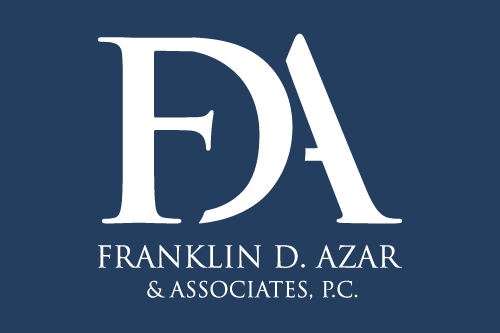Most people know they should not be on their phones while they drive but if you have been on the road recently, you have probably noticed that many drivers do it anyway. When AT&T launched their “It Can Wait” campaign in 2010, their main concern was texting and driving. Now, however, distracted driving is caused by all kinds of smartphone activities. Though texting and emailing are still the most prevalent uses of smartphones by drivers, with seven of ten people using their smartphones for these activities while driving, a 2015 study by AT&T showed that nearly one in ten video chat, three in ten surf the internet, and four in ten people check their social medial accounts, such as Facebook and Snapchat, while driving. The use of such apps is one of the problems to which The New York Times attributes the large jump in the number of highway fatalities in 2016. In 2016 alone, over 40,000 people were killed in car accidents and an increasing number of those accidents were cause by drivers on their phones using social media.
One example of this occurred on Friday July 21, 2017 when 14-year-old Jaqueline Sanchez was killed in a car wreck in Los Banos, California. The driver of the car, 18-year-old Obdulia Sanchez, was the sister of the victim and was live streaming herself driving when the accident occurred. The car went through a barbed-wire fence and overturned in a field, Jaqueline Sanchez, as well as another passenger, were ejected from the vehicle. This incident is one of the most recent examples of a growing and concerning trend of car wrecks that are caused by drivers who are filming themselves driving for social media platforms such as Snapchat, Facebook Live, and Instagram.
In September of 2015, Wentworth Maynard suffered a traumatic brain injury resulting in permanent brain damage after 19-year-old Christal McGee rear-ended his car while she was using the speed filter on Snapchat. Snapchat is a social media platform that allows users to send pictures to each other that are only available temporarily. Users can edit these photos, add captions, or apply filters. Snapchat’s speed filter allows users to display their current speed over a photo. The app warns users against using this feature both with a pop-up message that instructs users not to “snap and drive” as well as a section in their terms of service in which users agree not to use the service “in a way that would distract [them] from obeying traffic or safety laws.” However, many people are still concerned that it encourages reckless driving and distracts drivers.
Another incident occurred in Providence, Rhode Island in January 2017 when Onasi Olio Rojas crashed into the back of a garbage truck while live streaming himself driving at speeds up to 116 mph. In October in Florida, Pablo Cortes III lost control of his vehicle and crossed the median where he collided with two cars while a passenger in his car, Jolie Bartolome posted a video of Cortes speeding to Snapchat with a speed filter that shows the car going 115 mph. Cortes and Bartolome were both killed as were three passengers of one of the cars hit, including two children ages nine and ten.
These are just some examples of how using social media apps while driving can seriously injure and even kill people by distracting drivers and causing accidents. If you have been injured by a distracted driver, call Franklin D. Azar and associates today. We will work hard to get you the compensation that you deserve.


